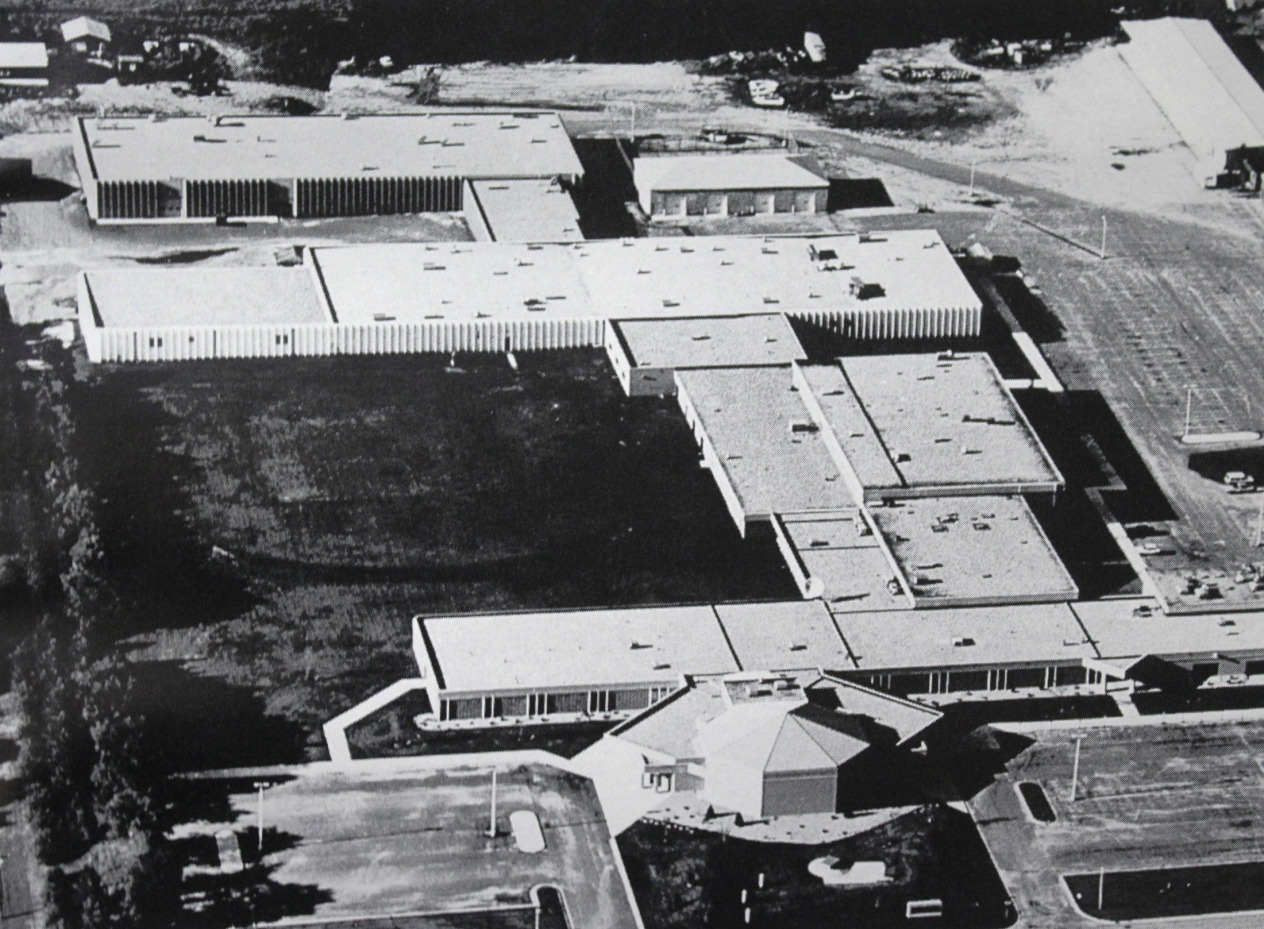Title
RADT1140 - Radiographic Imaging
Description
Description
This course is designed to establish a knowledge base of factors that govern and influence the production and recording of radiographic images as well as provide a basis for analyzing those images. Film and electronic imaging with related accessories will be emphasized. Included are the importance of minimum imaging standards, discussion of problem-solving techniques for image evaluation and the factors that can affect image quality. Class demonstrations/labs are used to demonstrate application. Actual images will be included for analysis.
API ID
Credits
4 (2/2/0)
Competencies
- Determine practical considerations in setting standards for acceptable image quality.
- Assess radiographic brightness on radiographic images.
- Assess radiographic contrast/gray scale on radiographic images.
- Analyze the relationship of factors that control and affect image brightness.
- Analyze the relationship of factors that control and affect image contrast/gray scale.
- Critique recorded detail/spatial resolution on various radiographic images.
- Analyze the relationship of factors that control and affect recorded detail/spatial resolution.
- Assess degrees of distortion on radiographic images.
- Analyze the relationship of factors that control and affect distortion.
- Examine uses of automatic exposure control (AEC) and how it affects the quality of images.
- Recognize the types, functions and applications of beam limiting devices.
- Recognize the composition and types of beam filtration devices as they relate to image quality and patient exposure.
- Define the factors that affect the production of scattered and secondary radiation.
- Recognize the types, functions and limitations of grids.
- Formulate radiographic techniques to achieve optimal radiographic images.
- Recognize the impact relationships of factors have on radiographic techniques selection.
- Examine digital imaging characteristics.
- Investigate key elements in digital image processing.
- Examine the components of digital image readers.
- Evaluate the qualities needed for digital image display and workflow.
- Discuss the primary components of digital image processing, including malfunctions that can occur.
- Determine the types, causes and effects of artifacts on a radiographic image.
- Critique radiographic images.
Degrees that use this course
Degrees that use this course
Degree:
Associate of Applied Science (AAS)
The Radiologic Technology program prepares individuals to perform various radiologic procedures. The radiologic technologist instructs and...
Location:
Detroit Lakes Campus
Credits:
79
